Ethylene Glycol
$850.00
Ethylene Glycol (C₂H₆O₂) is a colorless, odorless, sweet-tasting liquid widely used in antifreeze formulations, coolants, and as a raw material in chemical manufacturing. While highly valuable industrially, it is also toxic to humans and animals if ingested.
Ethylene Glycol For Sale
Ethylene Glycol (C₂H₆O₂) is a clear, odorless, sweet-tasting liquid primarily used in the production of antifreeze formulations and polyester fibers. As a hygroscopic alcohol with a low freezing point and high boiling point, it is ideal for use in cooling systems, heat exchangers, and hydraulic fluids.
It plays a vital role in various chemical processes and polymer manufacturing. Our Ethylene Glycol is industrial-grade and produced using state-of-the-art catalytic oxidation processes, ensuring optimal purity and consistency for industrial customers.
MDNR Resource ensures timely and efficient bulk shipping of Ethylene Glycol to meet the demands of our global clients.
Ethylene Oxide Hydration
-
Ethylene is oxidized to form ethylene oxide
-
Ethylene oxide is then hydrated to form monoethylene glycol (MEG)
-
Purified via distillation and filtration to meet specific grade standards
🚗 Automotive & Mechanical
-
Used in radiator coolants and antifreeze blends
-
Key ingredient in brake fluids and hydraulic systems
🧵 Textile & Fiber Industry
-
Raw material for polyester fiber and resin production
🧪 Industrial & Chemical Manufacturing
-
Solvent in paints, inks, and adhesives
-
Used in dehydration of natural gas
-
Intermediate in chemical synthesis processes
-
❄️ Excellent antifreeze properties – lowers freezing point
-
🔁 Recyclable and reusable in closed systems
-
🔬 Stable under high temperatures – ideal for heat transfer
-
💧 Miscible with water and many organic solvents
-
🔧 Versatile usage across chemical, textile, and automotive industries
-
220L HDPE drums
-
1,000L IBC tanks
-
Bulk in ISO tank containers
-
Custom packaging for OEM available
1. Is Ethylene Glycol toxic?
Yes. While it has a sweet taste, ethylene glycol is toxic if ingested, particularly by humans and animals. Proper handling and labeling are essential.
2. What is the difference between MEG and DEG?
Monoethylene Glycol (MEG) is used in antifreeze and polyester, while Diethylene Glycol (DEG) is more common in solvents and humectants.
3. Is Ethylene Glycol biodegradable?
Yes, ethylene glycol is biodegradable under aerobic conditions, but spills should still be properly contained and cleaned.
4. Can it be used in HVAC systems?
Yes. Ethylene Glycol is widely used in chillers, heat exchangers, and HVAC equipment as a coolant.


MAECENAS IACULIS
Vestibulum curae torquent diam diam commodo parturient penatibus nunc dui adipiscing convallis bulum parturient suspendisse parturient a.Parturient in parturient scelerisque nibh lectus quam a natoque adipiscing a vestibulum hendrerit et pharetra fames nunc natoque dui.
ADIPISCING CONVALLIS BULUM
- Vestibulum penatibus nunc dui adipiscing convallis bulum parturient suspendisse.
- Abitur parturient praesent lectus quam a natoque adipiscing a vestibulum hendre.
- Diam parturient dictumst parturient scelerisque nibh lectus.
Scelerisque adipiscing bibendum sem vestibulum et in a a a purus lectus faucibus lobortis tincidunt purus lectus nisl class eros.Condimentum a et ullamcorper dictumst mus et tristique elementum nam inceptos hac parturient scelerisque vestibulum amet elit ut volutpat.
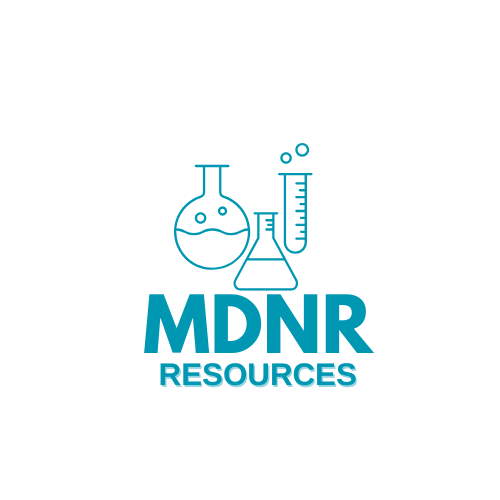

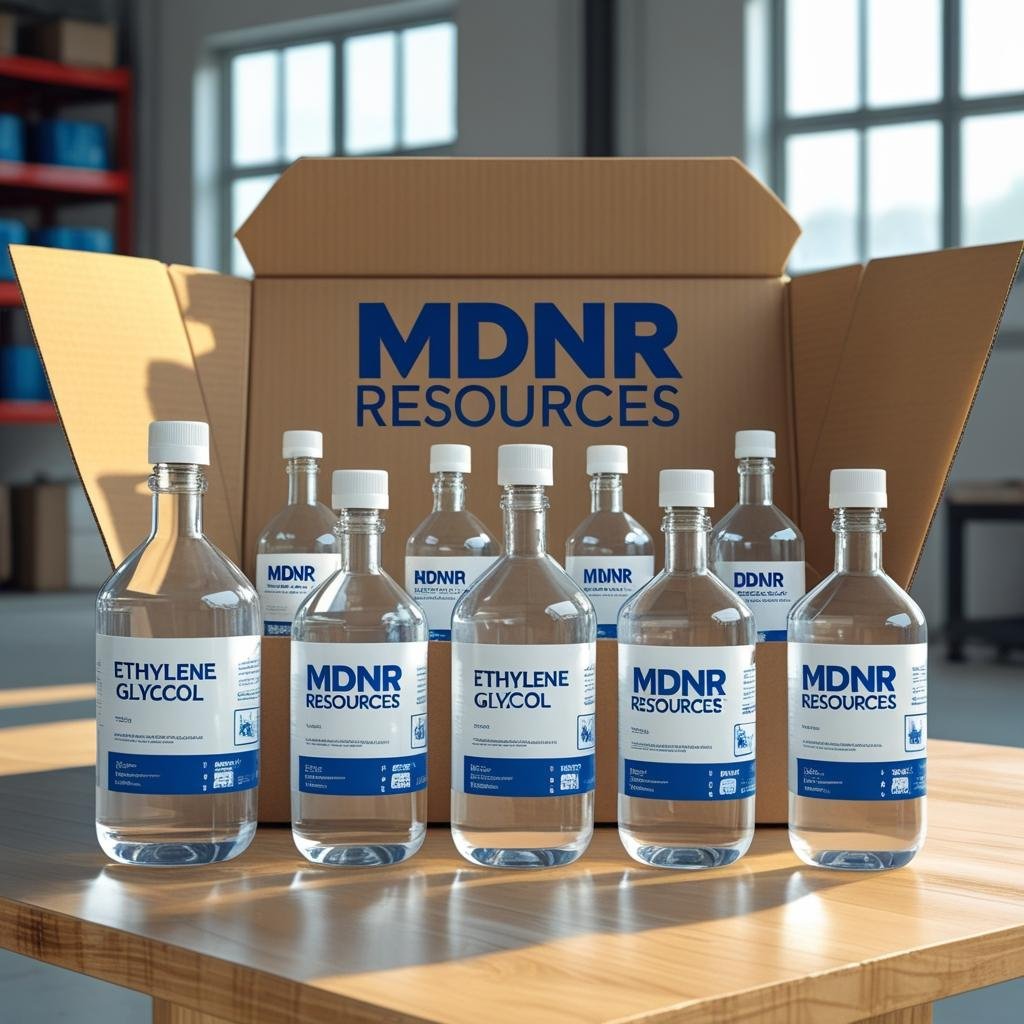
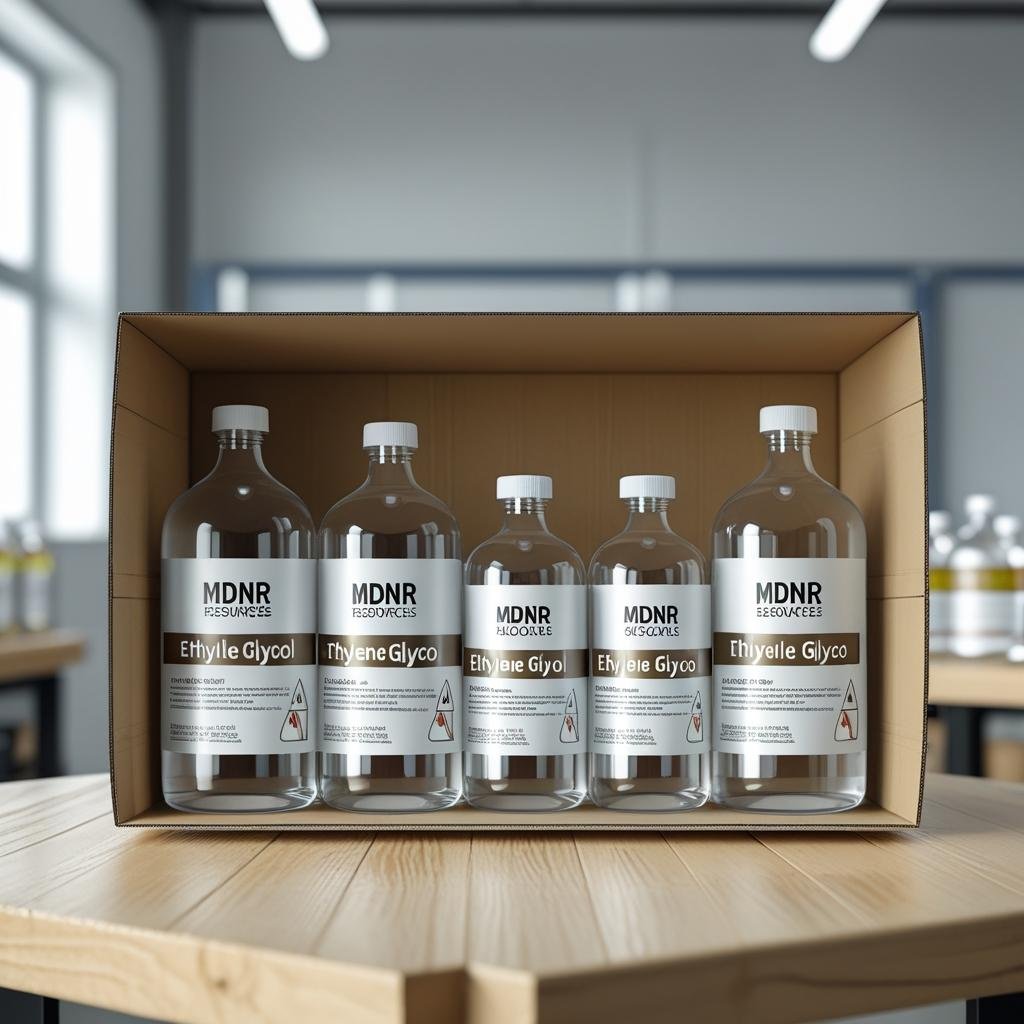
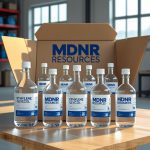


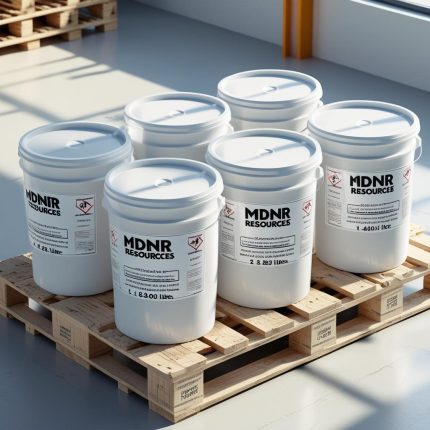
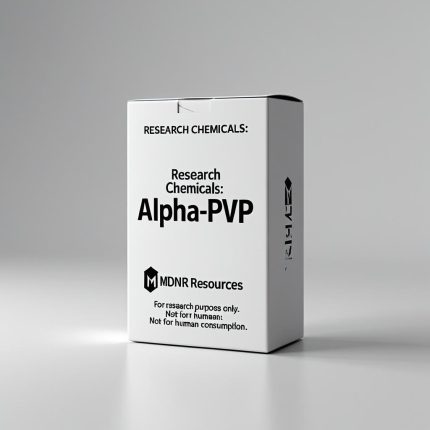
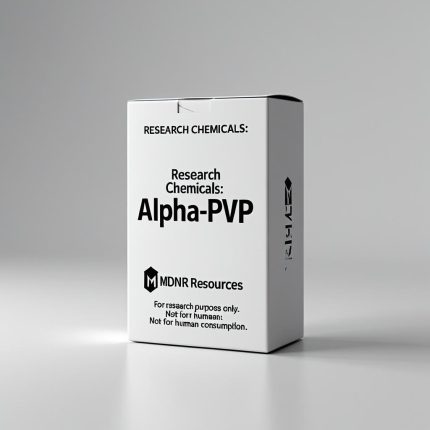
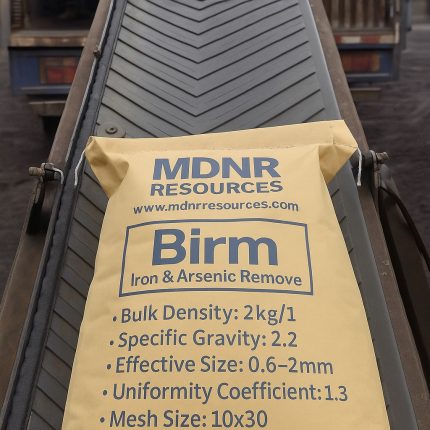
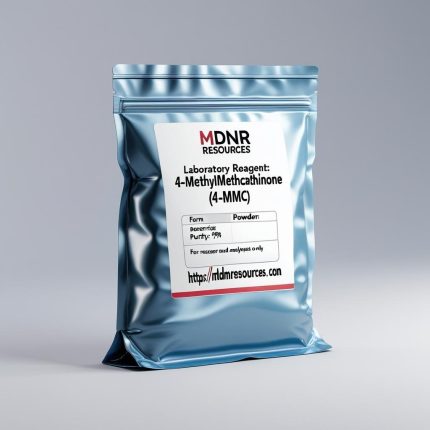
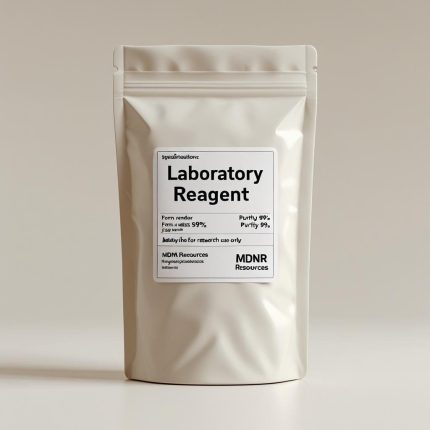
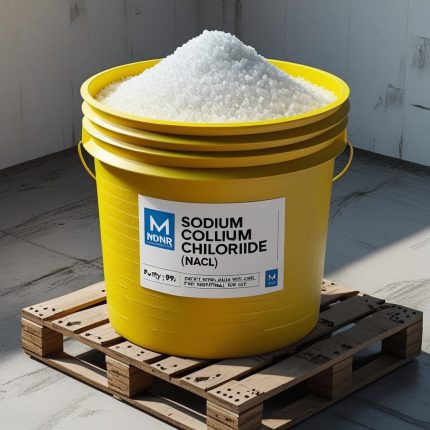
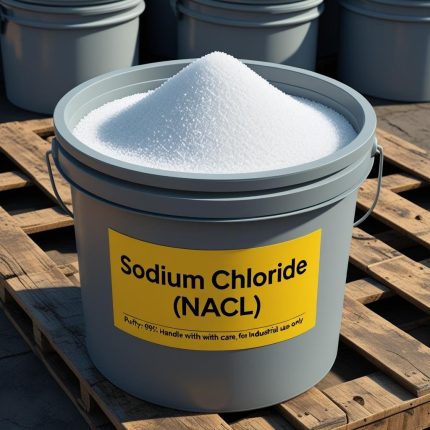
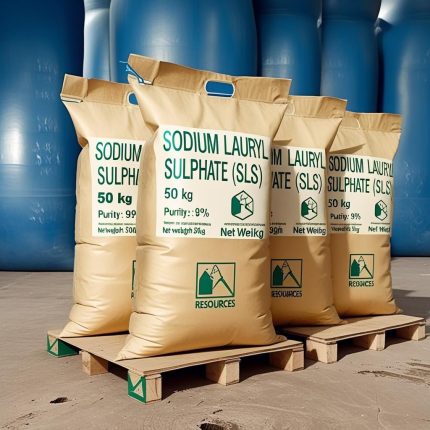
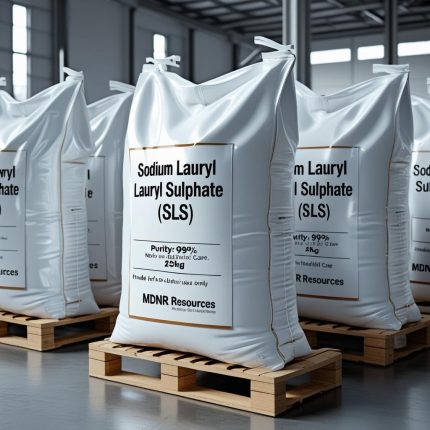
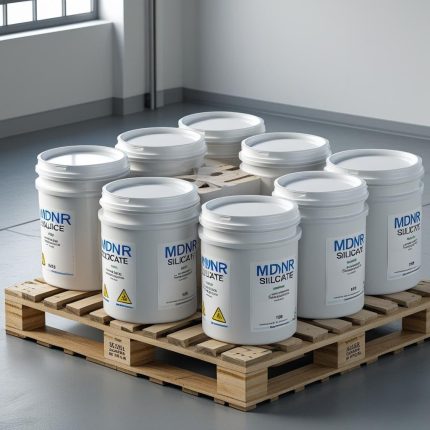
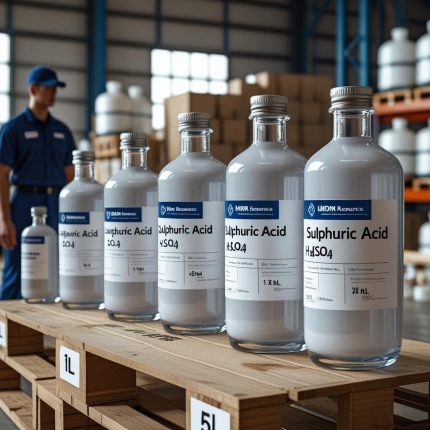
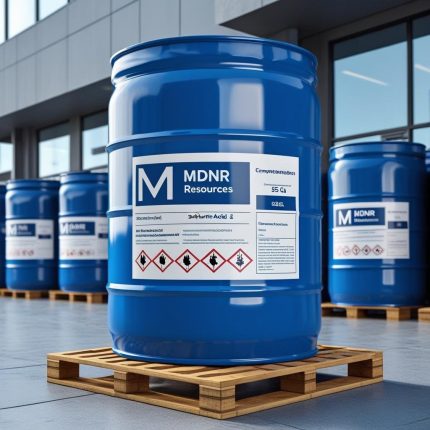
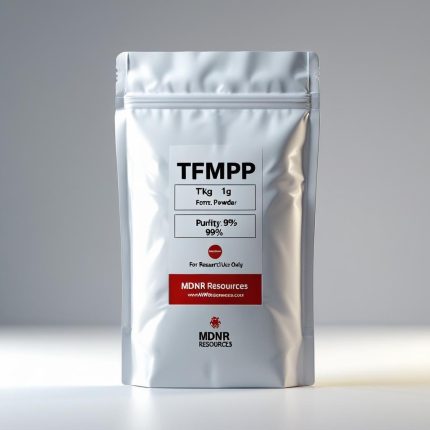
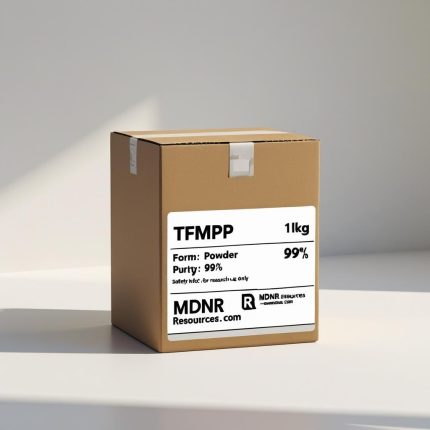
Reviews
There are no reviews yet.